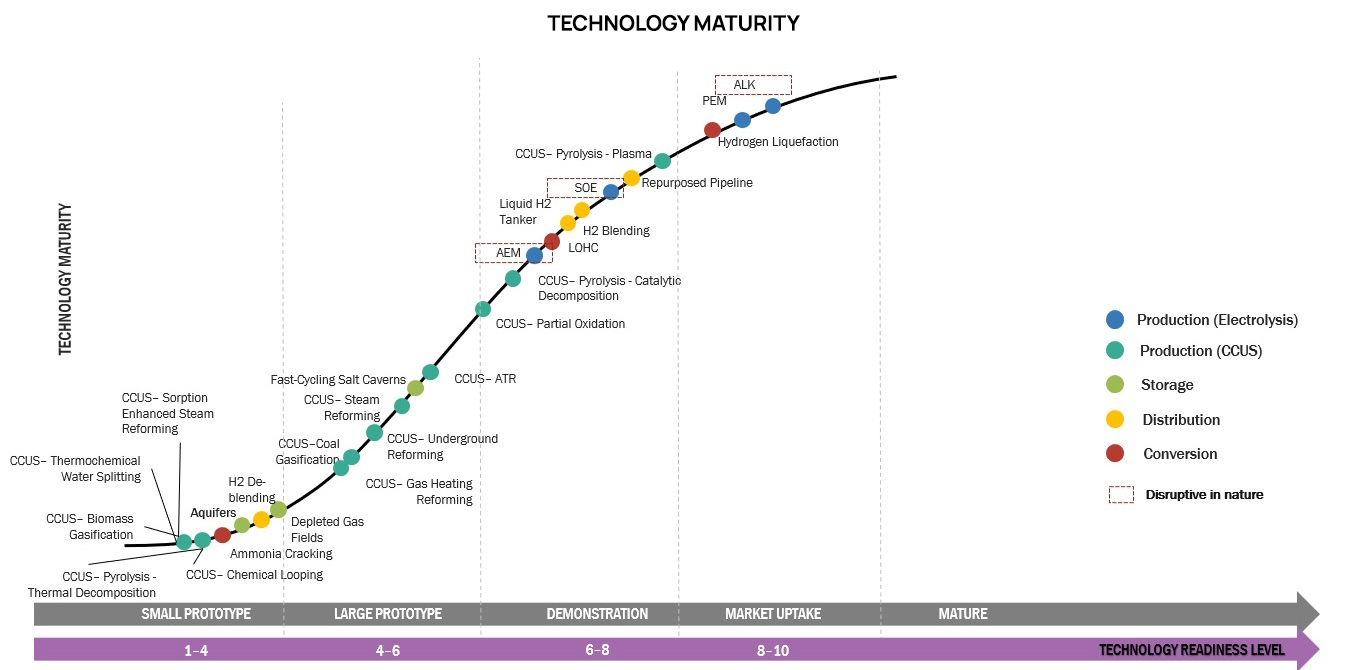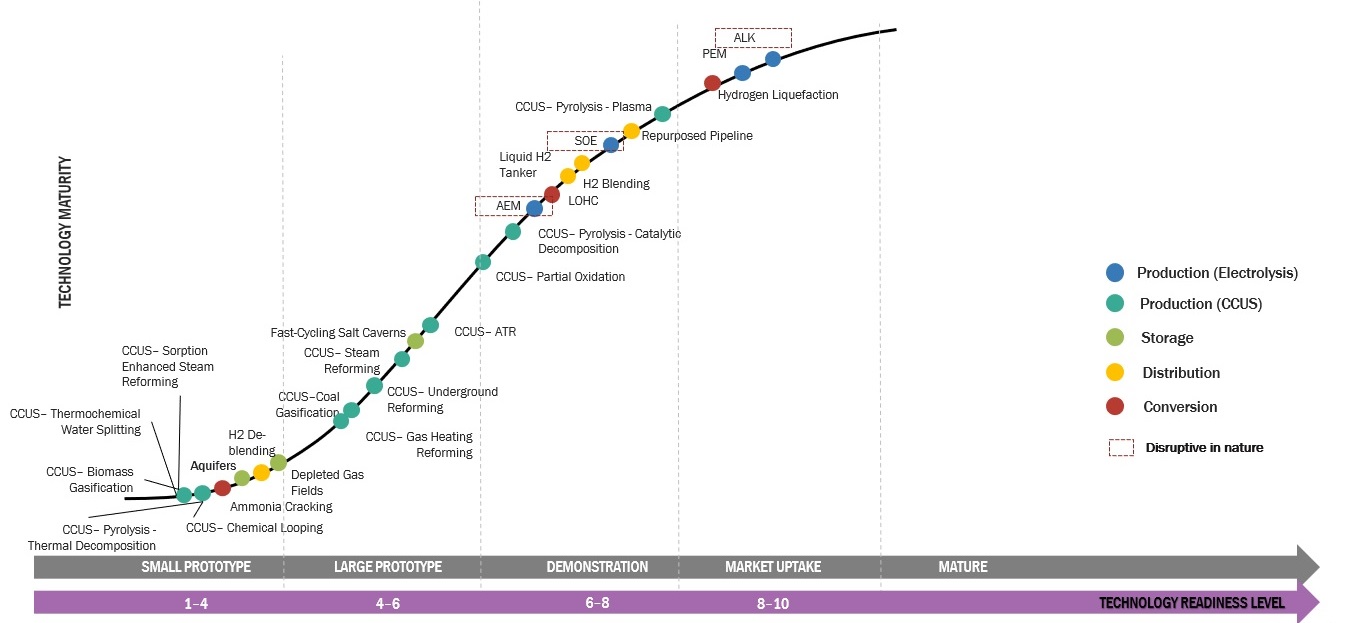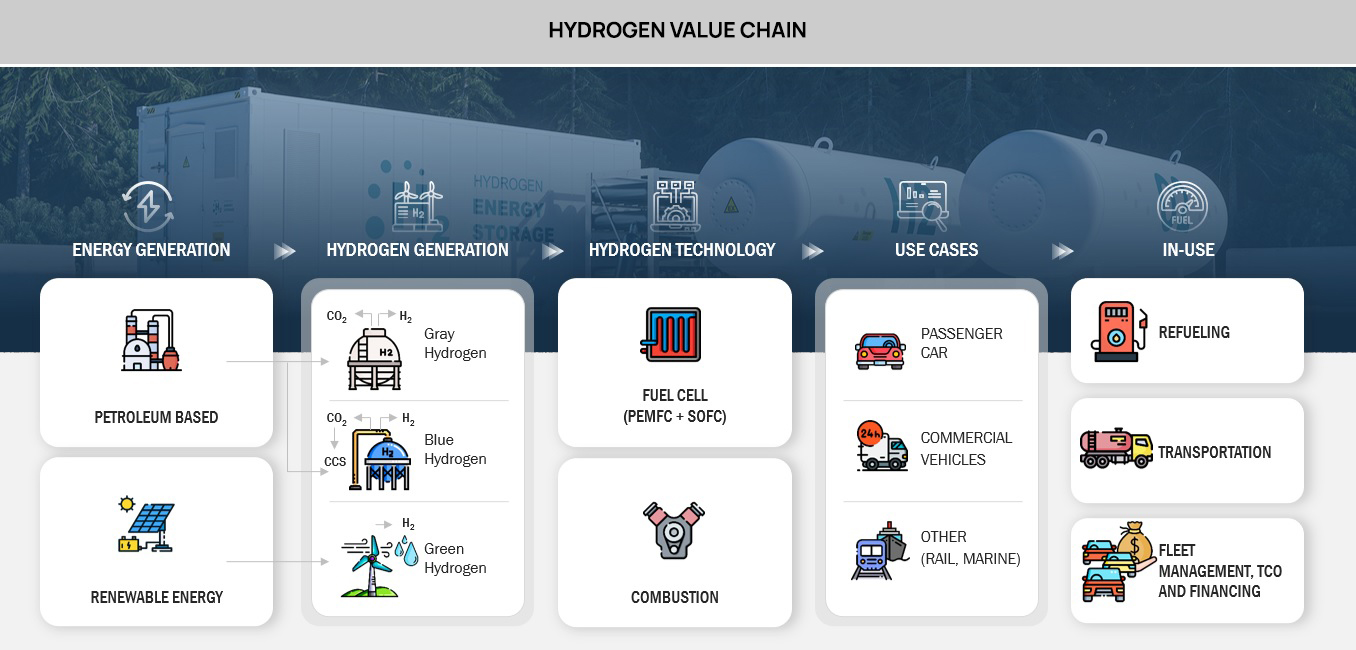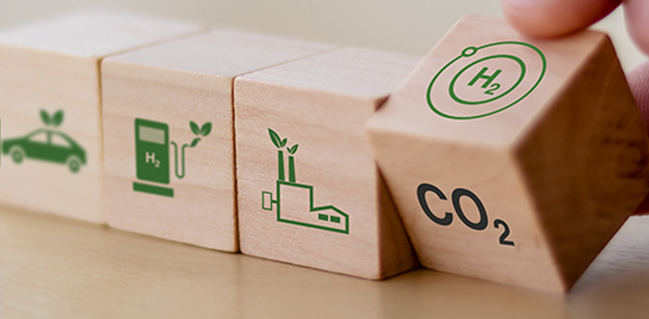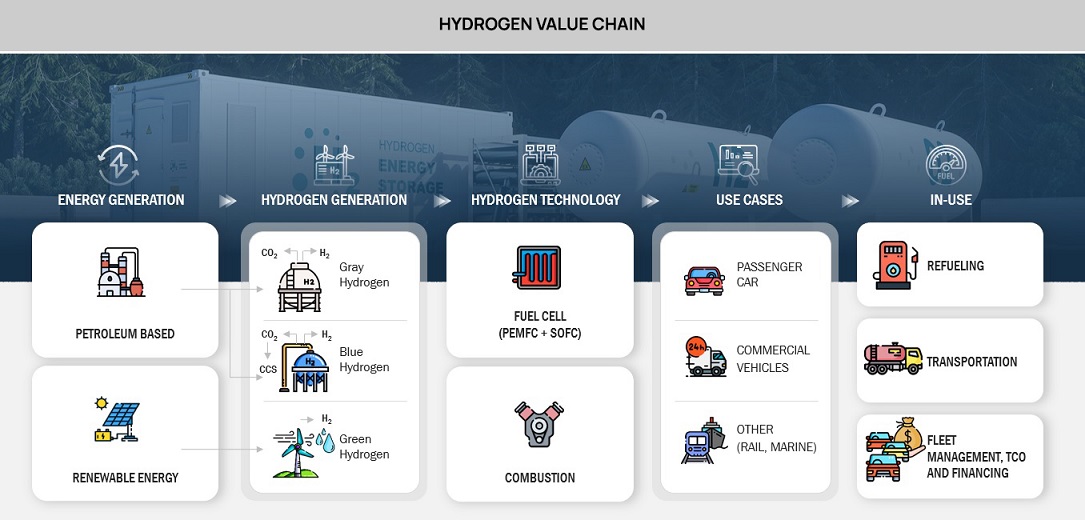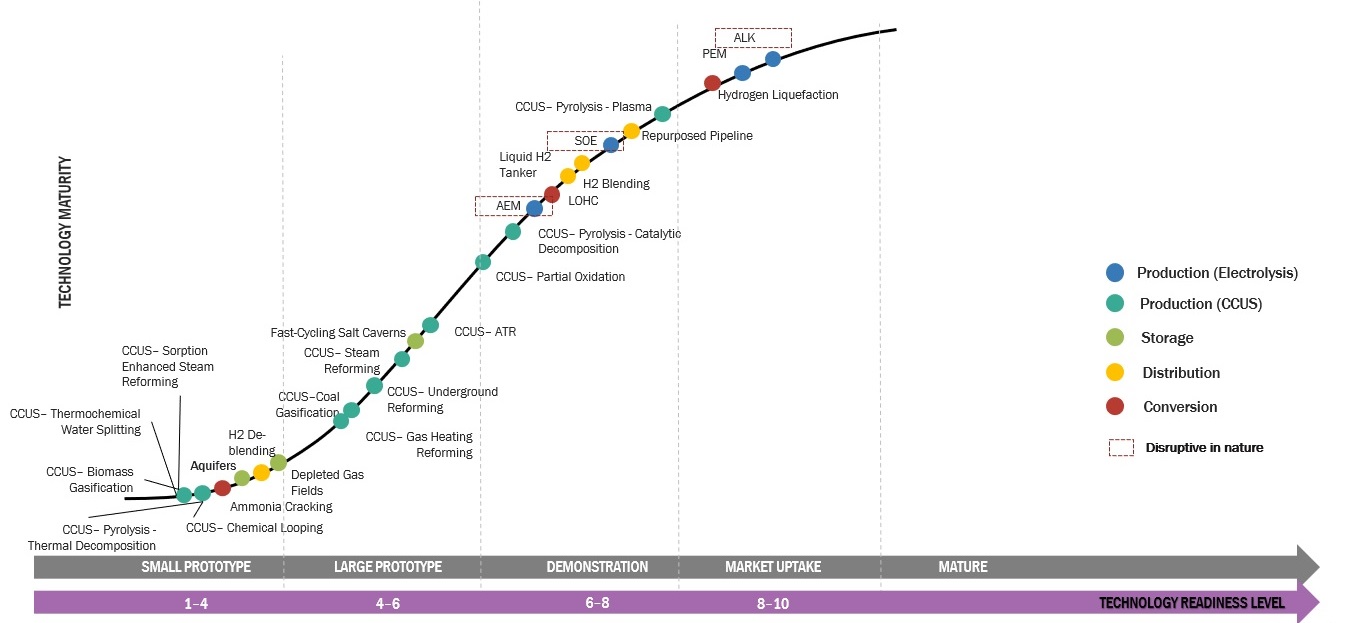Hydrogen Demand Forecast
Hydrogen Supply Chain:
In the quest for sustainable and clean energy solutions, hydrogen has emerged as a promising contender, offering a versatile and environmentally friendly alternative to traditional fossil fuels. As the world shifts towards a low-carbon future, understanding the hydrogen supply chain becomes crucial. This article explores the intricacies of the hydrogen supply chain, from production to end-use, highlighting its potential to revolutionize the global energy landscape.


